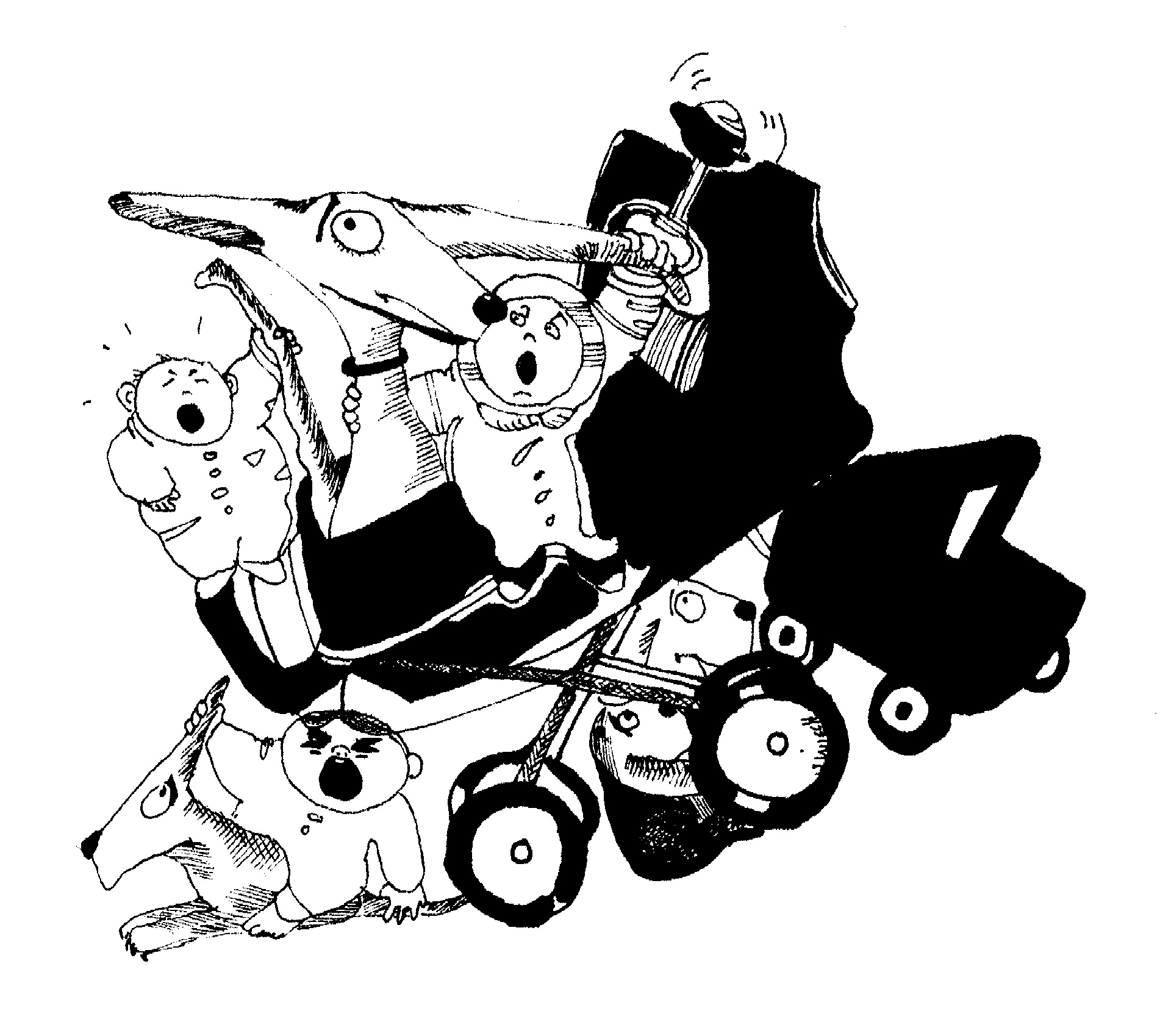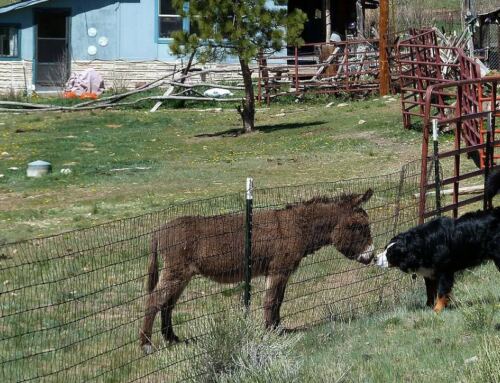The compassion that people show for dogs with fear-based behavior challenges is commendable. Rescue groups pull them from shelters by the thousands and well-intentioned people adopt them. Given the number of people joining online groups looking for support and advice about how to help these dogs the reality that it requires more than time and love should be glaringly obvious.
I was recently asked by a rescue group how to prepare people who adopt a dog living with a variety of fears, and my honest opinion is that you can’t. No matter how much people are instructed that they need to be patient with the dog, unless someone has lived with a dog who required months or years to learn how to; feel safe in their new home, go in and out of doors, ride in cars, be home alone, walk on a leash, see new people or dogs, they will not understand what they are signing up for. And if they did, they likely wouldn’t.
But the other reality is that the rescuing and adopting out of dogs with fear-based challenges is not going end any time soon. So what can we do?
Get information: Understand that dogs don’t simply “get over” being afraid. The conditions experienced during a dog’s early development can have life-long impact on their behavior. There’s no way back to normal for some dogs. Let go of biases against the use of modern medicine to address stress and anxiety.
Get skills: Despite current appearances in the dog training industry (absolutely anyone can come up with a protocol or method to train dogs or make up reasons why they do what they do), how dogs learn new skills and can change their emotional responses is well-documented and to train them requires an understanding of a few basic laws of behavior modification. There are more and more trainers who have the knowledge and skills to address the issues fearful dogs face in efficient and humane ways. If you don’t have the skills, find someone who does.
Be realistic: It is going to take time and love and patience and energy and money. Spend all of them wisely.
For dogs adopted into homes as pets the onus of change typically falls on the dog. People will only tolerate aggression, destroyed couches, irate calls from neighbors and any of the other fall-outs from the behavioral quirks of fearful dogs for so long. No amount of “Well we told you the dog was going to need time,” is going to cut it for the owner or the dog. So how can rescue groups prepare new adopters for life with a fearful dog? They can adopt out a dog with a few of the basic skills they will need to live as a pet. Expecting a pet owner, as devoted and well-intentioned as they may be, to be able to train a dog to accept routine ear cleaning when the dog currently hides, bites or screams when handled is wishful thinking. As is expecting them to be able to train the dog to; walk through doorways, go outside for leash walks, walk nicely on a leash, get in a car, sit quietly when guests come into the house, etc., etc.
Dogs have demonstrated the ability to learn despite how we train them not because of how we train them. But our fearful dogs are more dependent on the how being as clear as possible. Being re-homed is among one of the most stressful events in the life of a social animal. Being stressed and uncertain is a miserable combination and is not likely to contribute to an improvement in the dog’s behavior. We can prepare the adopters of these dogs by showing them how to cue a trained behavior and reinforce it. By training dogs using positive reinforcement every cued behavior is an opportunity to feel good and to minimize the uncertainty a dog experiences in a new setting. Will this add to the responsibilities of rescue groups? It sure will. Some are already taking it on, and my guess is that it will increase the odds the dog will remain in the home and have a head start on becoming a happy pet.
If we take on the responsibility of selecting dogs to place in homes as pets, we should embrace all that that entails, it’s how professionals operate. When buying a car from a stranger most people will have it checked out by a trusted mechanic (or they would be wise to). We don’t trust that the seller is either aware of, or being up front about possible problems that may be dangerous or costly. People adopting dogs are trusting that rescue groups and shelters are adopting out dogs who will make good pets. They should not be expected to know how to anticipate or deal with fear-based behaviors in a dog adopted to be a pet any more than a consumer can be expected to know about all the things that could be dangerously wrong with a product they are purchasing and hoping to use immediately. And we don’t expect them to know how to fix them.
I know that there will be people who will resent having an analogy made between dogs and products, but I think it’s time we stop closing our eyes to the fact that fearful dogs are returned and discarded all too often and start doing something about that.






